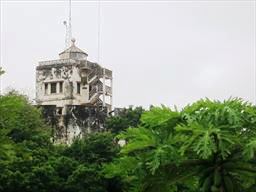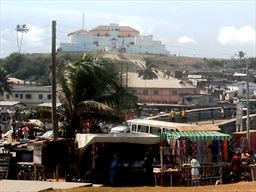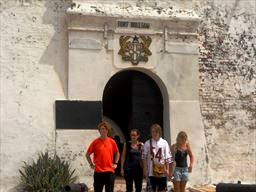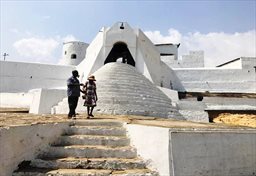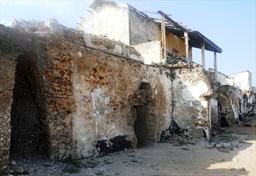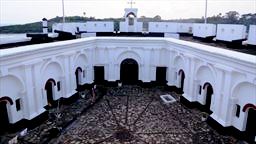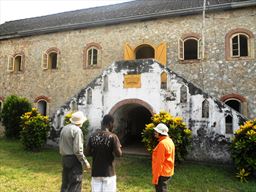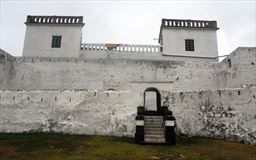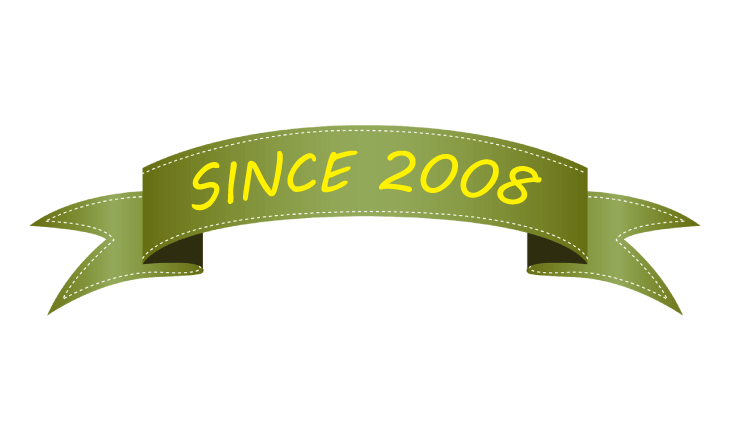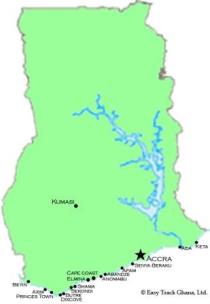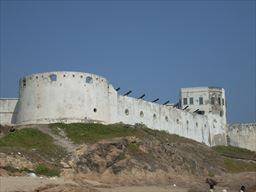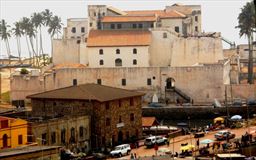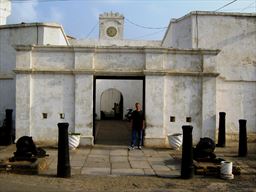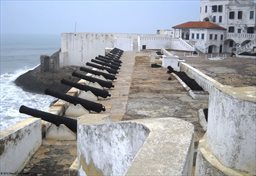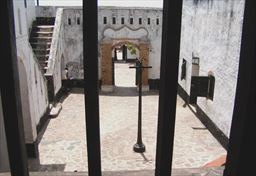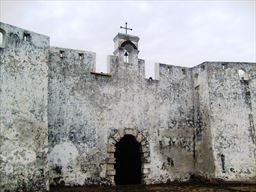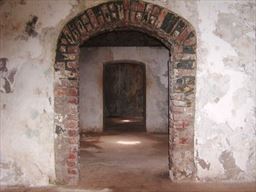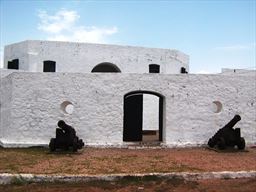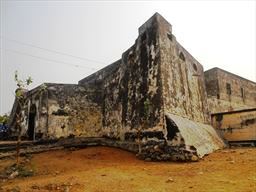Forts & Castles of Ghana
Forts & Castles of Ghana
Ghana has the greatest concentration of colonial-era forts of any country in Africa. The most visited destinations are the colonial fortresses at Cape Coast and Elmina, which were once major transshipment points for tens of thousands of slaves on their way to the New World.
There are also many smaller forts that may be visited as well. Some are in a state of ruin while others are maintained and provide basic tours. There are far fewer visitors to these smaller forts, which makes for an interesting contrast to the experience at Cape Coast or Elmina.
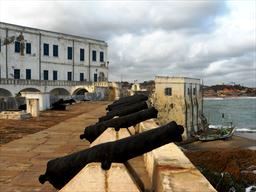 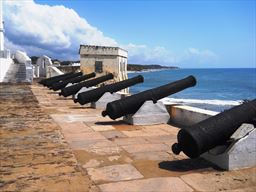 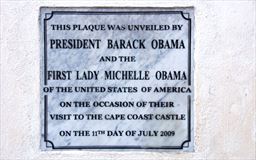
|
CAPE COAST CASTLE |
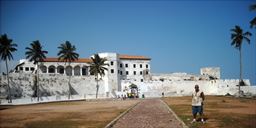 |
ELMINA CASTLE Cape Coast Castle & Kakum National Park |
Visit 19 forts on this 10 day Tour of Forts in Ghana.

